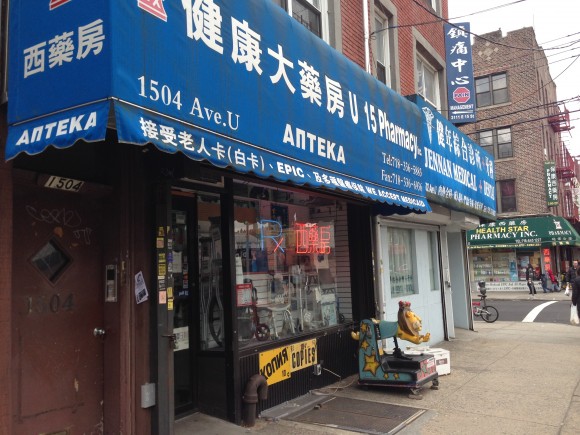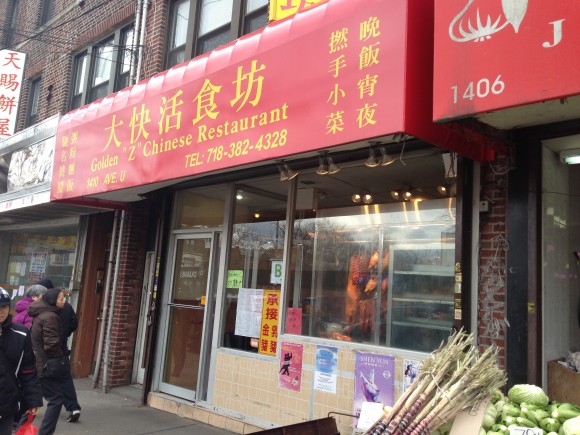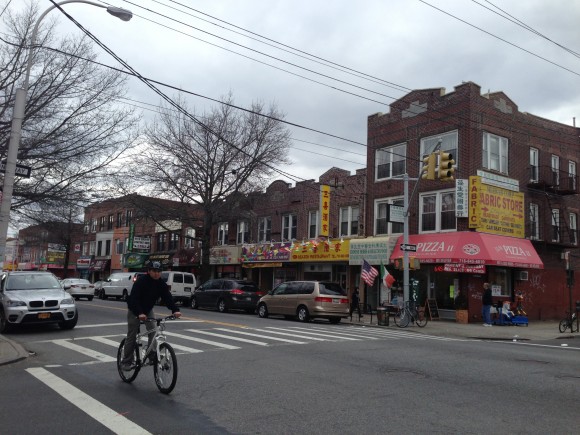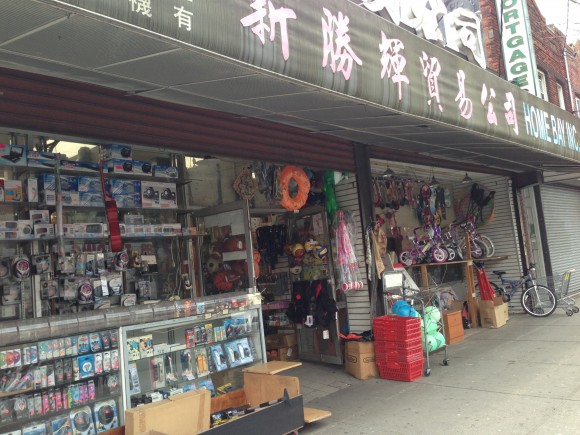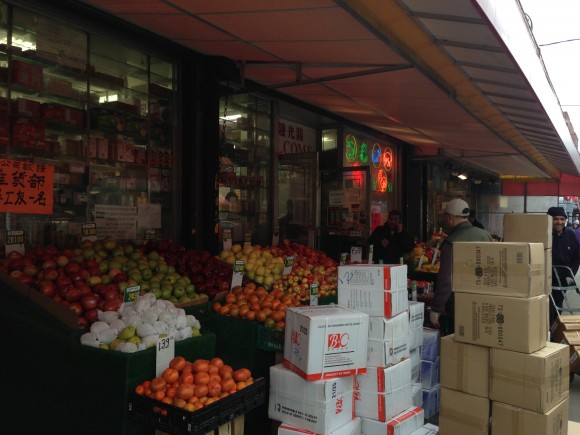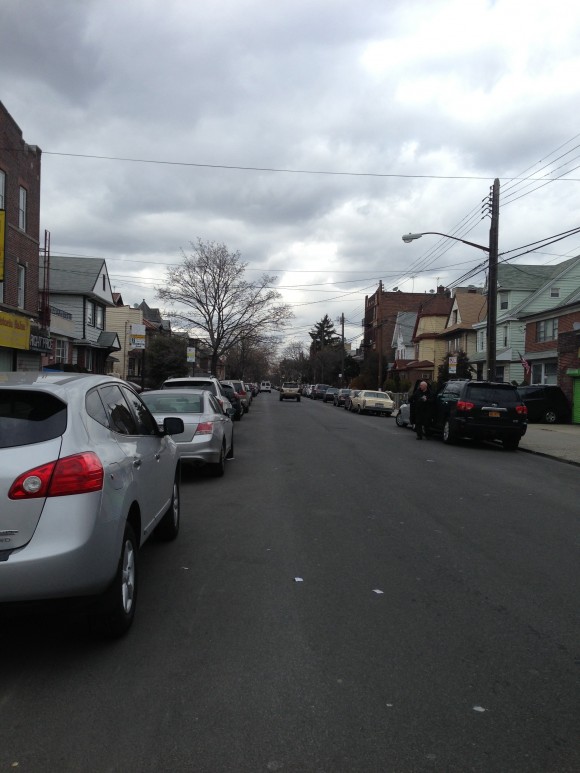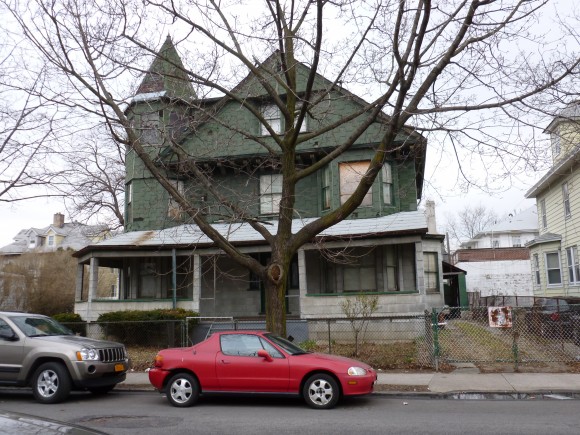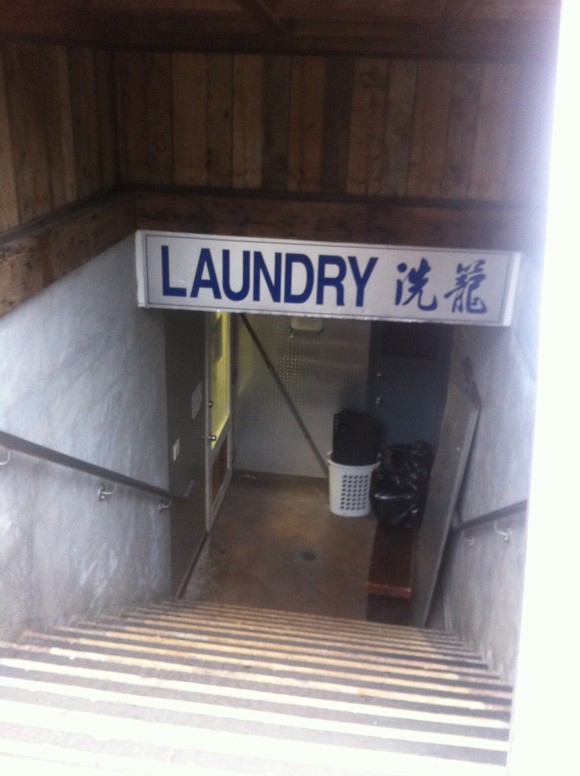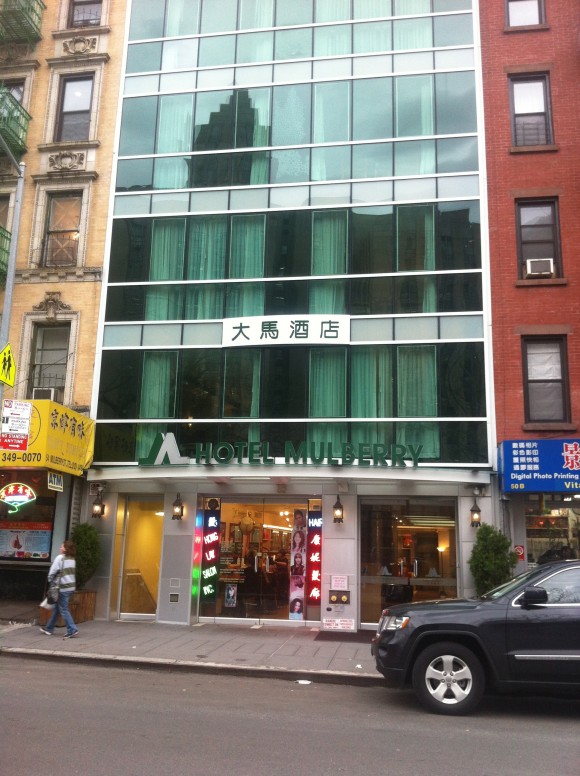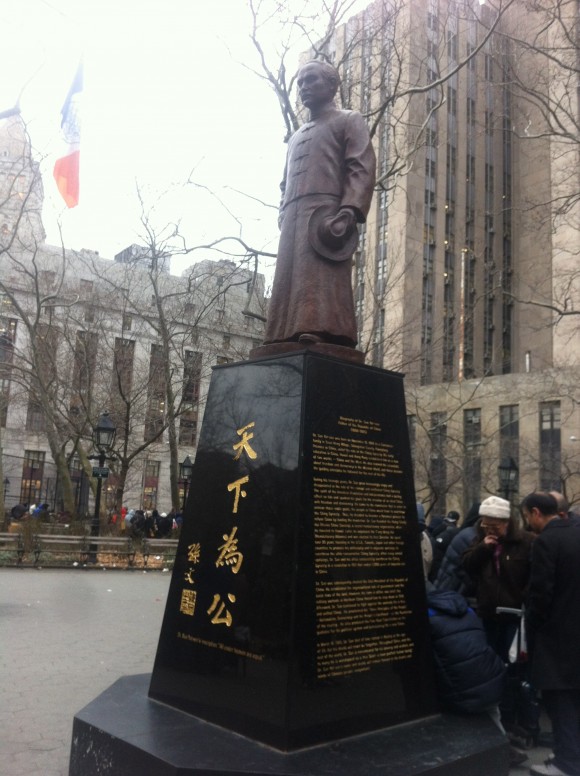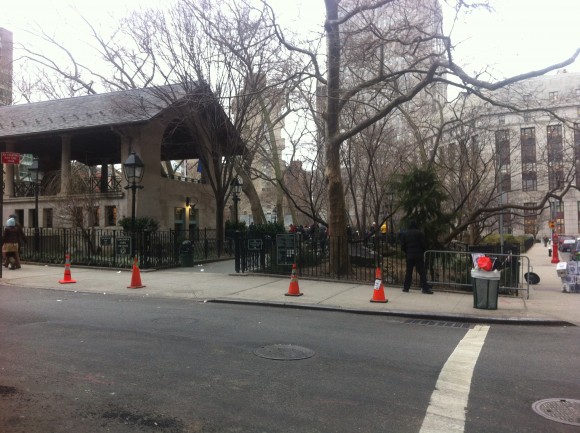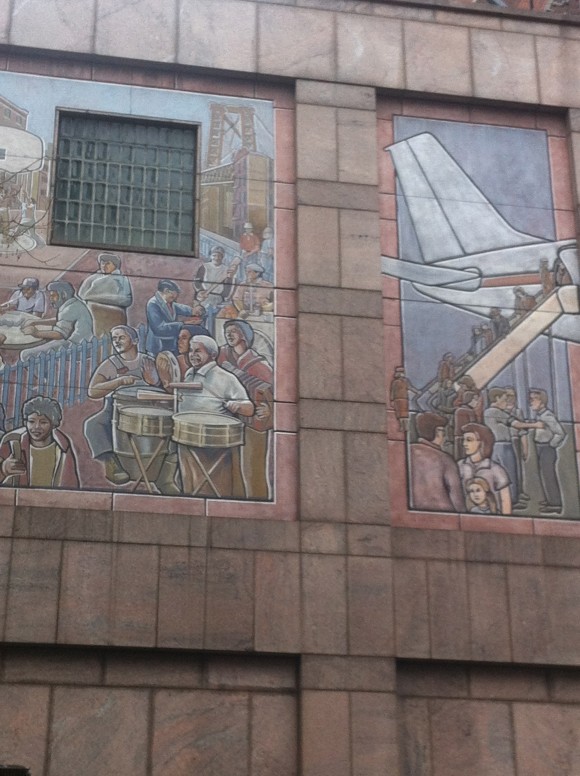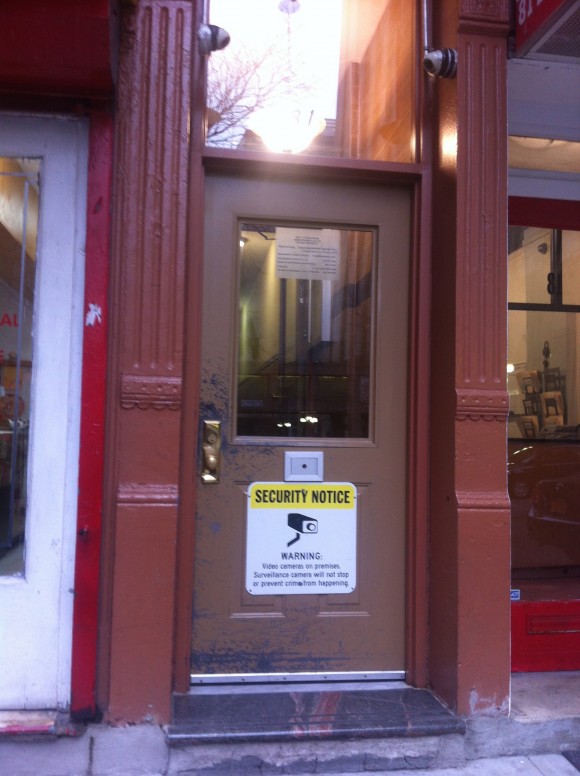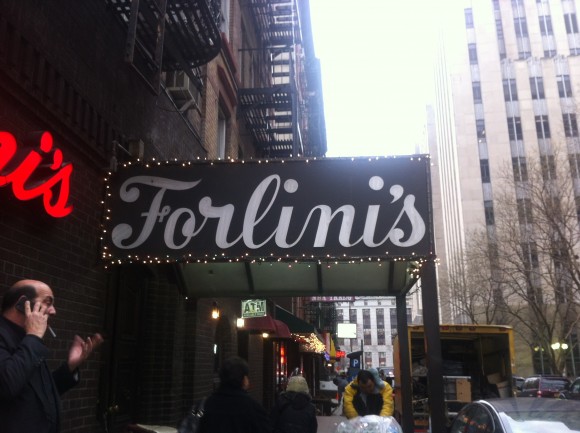The thing I found interesting about this article is the fact that it only takes a small heat wave to distinguish the class segregation in a city like Chicago. The neighborhoods with the most deaths consist of the lower class, while the neighborhoods with the least amount of deaths consist of the upper class. This is because the people of the upper class can afford to buy air conditioners and home cooling systems while an air conditioner may mean punching a hole in one’s savings for people of the lower class.
What also surprised me was that a lot of people died because of seclusion in their houses. This was most prevalent in the poorer neighborhoods because the elderly and many others were scared to go outside, even though it was hot. This may be due to the fact that the neighborhoods themselves were so dangerous that baking in one’s house seemed a better option.
I also found it scary how many hospitals rejected patients during the first few days of the heat wave and how the morgues didn’t even have enough space to hold all the people who died from this tragic event.

